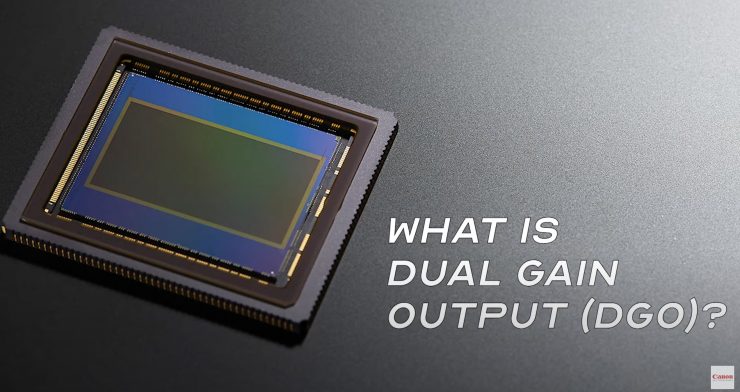Yes you do keep saying that, but you don't explain how when it fundamentally doesn't do what you keep suggesting it does.And I’m saying the DGO in one form or another could get us closer, especially if optimized for stills. If you’re looking for hard evidence, maybe a rumor site on a thread about unknown “surprise” specs isn’t the best place to be asking someone for it. This still falls under “killing time until the 9th”, lol.
It's akin to saying "I want a higher resolution EVF, they have developed a good swivel LCD so maybe they could make it work?" or, "I need 1/8,000 sec shutter speed, they have developed an intervalometer maybe they could make that work?"
Even if the DGO technology is in the R5 it will not "greatly improving high ISO performance" because that isn't what DGO does, and even if Canon do put it in and say it does independent testing will show that in unmolested RAW files it doesn't, because, yet again, that isn't what DGO does.
Upvote
0


